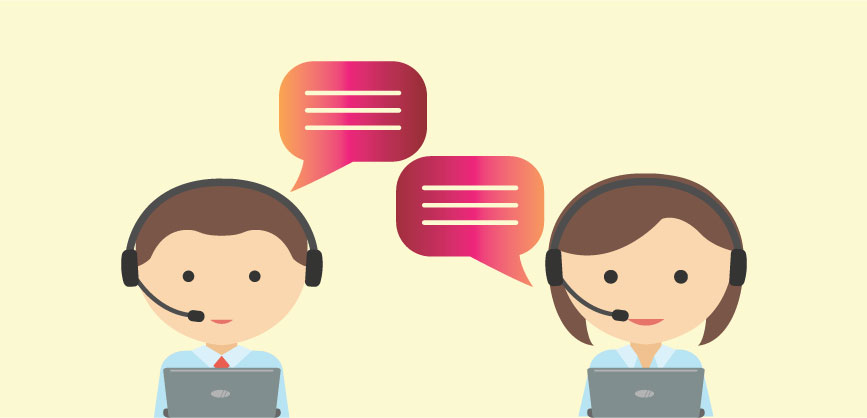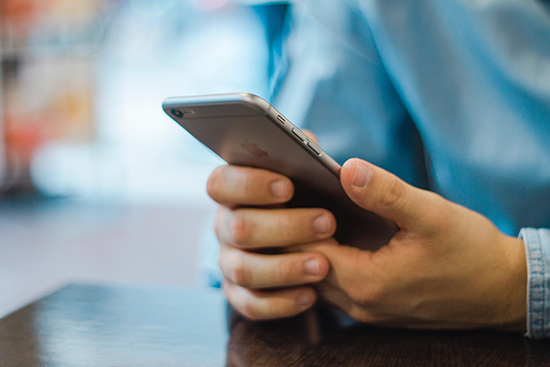
Last year, Sprint demonstrated its HD Voice feature. But, it has said this feature would be rolling out in some months’ time. On the contrary, Verizon has not indicated any plans of joining this party soon.
The big questions remain as; how does HD Voice work? Is this a marketing hype? Or, something which will finally make smartphones work as real phones?
HD Voice is a wideband audio technology, which has been used for long in VoIP apps and conference calls. Rather than confining the frequency of a call between 300Hz to 3.4kHz, this technology transmits the call between a range of 50Hz-7kHz or even higher. In comparison to the human voice that transmits audio at a range of 75Hz and 14kHz, this is much higher.
Also, an HD Voice receives more audio samples/second compared to the standard call. It takes 16,000 audio samples/ second, rather than 8000. As a result, you will hear more details from a voice call.

Nonetheless, this technology is entirely not new. If you have ever used apps such as Skype, then you have experienced HD Voice. This app supports higher frequencies via its audio codec or, when you are in a conference call.
Likewise, most European carriers are already supporting HD Voice through GSM or CDMA networks. However, cellular phones and networks in the US are yet to support HD Voice. Among the reasons may be due to the fact that this feature needs more power to process the digital signal. Also, U.S. carriers have been very busy to roll out 4G networks. For this reason, it would be unnecessary for them to support HD Voice through their old 3G networks.
HD Voice is now supported by most recent smartphones, which includes Sony Xperia Z, Nokia Lumia 920, HTC One, iPhone 5, and Samsung S III &IV. All these phones feature speakers and microphones which supports wideband audio.
So, all that is required are carriers to enable the HD Voice. To do so, they will use high-quality speech codec known as AMR-WB (Adaptive Multi-Rate Wideband). This codec works by doubling the frequency of your call. As a result, the voices you hear are less muffled, and you can differentiate letters with similar sounds. VoLTE supports AMR-WB. Therefore, it is easier for carriers such as AT&T to activate HD Voice when calls get carried over its LTE network.
Without any doubt, the quality of your call will improve drastically when carriers back up HD Voice. Background noises will fade away, and you can now talk with your friends and relatives without interruptions and asking if they can hear you well.
But, there is a problem because HD Voice will not be interoperable at the start. Therefore, HD Voice must be supported by both phones on a call. Also, they should share a carrier supporting HD Voice. For clarity, T-Mobile has now established HD Voice, which is supported by its iPhone 5 model. In such a case, you cannot make an HD Voice quality call if you are using an iPhone 5 on AT&T, and the person you are calling is using iPhone 5 on Sprint.
Final Verdict
The establishment of HD Voice will ensure calls are clear and not muffled. However, this depends on the carrier you are using. Most carriers are moving from 3G to 4G network, which is part of the HD Voice plan. Nonetheless, this will depend on callers sharing a carrier, and their phones supporting HD Voice. You can also read the complete guide of Call Alerts that will help you to notify in an emergency situation.
